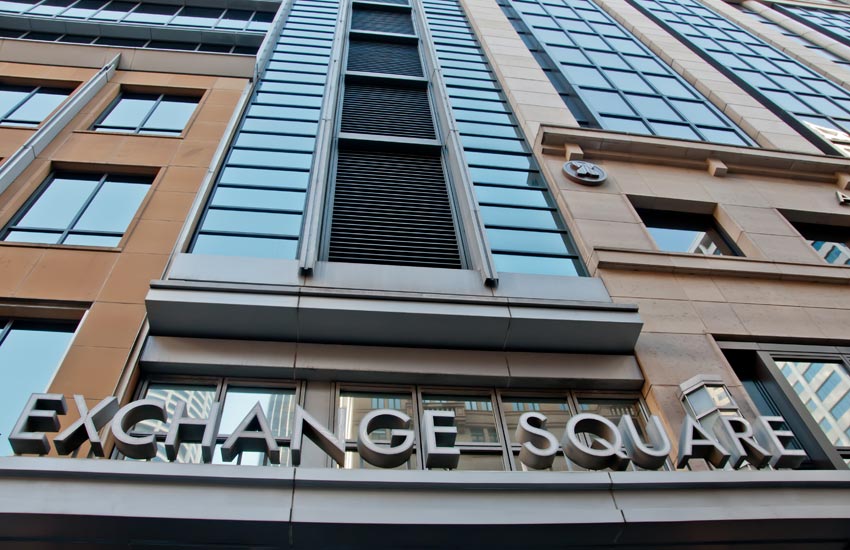Today the Australian Securities Exchange (ASX) encountered pushback from stockholders and the central bank relating to its delayed CHESS blockchain clearing and settlement system. In August, ASX announced another delay pushing back the launch to the end of 2024 at the earliest. Accenture was contracted to review the code, and it was disclosed that US$150 million has been spent on the project so far.
At today’s annual general meeting (AGM), a vote on a remuneration package received 30% opposition which ASX Chair Damian Roche described as ‘strike’. The former CEO Dominic Stevens previously had his variable rewards reduced by 40%, and other ASX staff on the CHESS replacement project also had bonuses cut.
“The CHESS project is highly complex and remains challenging,” said Chair Damian Roche. “There is no question that the performance of this project did not meet our or our customers’ expectations in 2022. We share the frustration of our stakeholders.”
Central bank asks questions
Also today, the Reserve Bank of Australia (RBA) published its annual assessment of ASX’s clearing and settlement facility. The report dedicated a significant section to the new DLT post trade system expressing disappointment in the delay.
According to the review, the current iteration of the DLT system can handle normal present-day volumes. But presumably, it can’t handle major spikes as it mentions that ASX has “identified a number of scenarios that could create bottlenecks or latency issues.”
While these scalability issues are important and need addressing, it appears the finishing line is in sight.
Digital Asset is developing the smart contract application and VMware Blockchain is responsible for the ledger. These relationships have come under the spotlight. The central bank’s announcement stated, “ASX will need to demonstrate that appropriate arrangements are in place to manage risks related to its dependence on key vendors.”
The report goes into more detail saying regulators want more information from ASX regarding:
- “the Board’s oversight of vendor relationships;
- the way that the original design specifications were communicated, and subsequent engagement between ASX and vendors on any challenges developing to these specifications;
- and ASX’s contingency plans if its current vendor arrangements required changes.”
Other risk management issues
The central bank’s report covers a broad range of topics, including potential conflicts of interest. The Reserve Bank noted that the new platform enables ASX Group to offer services in addition to the clearing and settlement (CS) services provided by the existing system. One example is it now offers Blockchain as a Service solution Synfini and is showcasing asset tokenization, which is not directly relevant to CHESS.
The Bank expressed concerns about other services possibly presenting a conflict of interest. “There may be scenarios where a decision that enhances the resilience of CS services in CHESS replacement limits the potential for ASX to offer these non-core services,” says the report.
The planned go-live procedure has always been one of the biggest risks with the new CHESS system. It will not run in parallel with the existing systems, and the cutover is scheduled for a single weekend. A major reason is that the new system uses ISO 20022 messaging versus the proprietary format currently used. So running in parallel would require market participants to send two messages.
ASX has a low risk tolerance but the “program was operating outside risk appetite, in particular due to the delivery delays,” said the central bank report.
When the latest delay was announced in August, the new ASX CEO Helen Lofthouse was asked whether there was a risk of the project not completing. Referring to CHESS, Lofthouse said at the time, “it does absolutely need replaced. So we will be replacing it. This review is just working through some of the details of the challenges we’re having with the project.”






